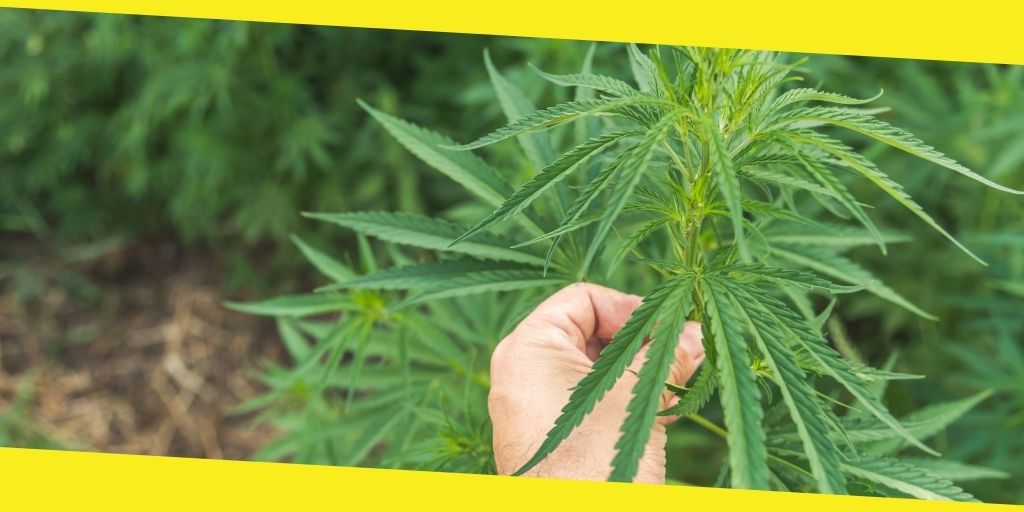
Cannabis plants come in numerous forms. They’re divided into three basic categories: Indicas, Sativas, and hybrids. From there, they’re available in numerous species in each category. Not all plants look quite the same. Indicas are short and chunky with broad leaves whereas Sativas are tall and slender with thin leaves. Hybrids generally take on the physical traits of their dominant species, but they can also exhibit other characteristics. No matter which cannabis strains you’re growing, you can learn a lot by simply watching their leaves as they grow.
1) A Cry for Water
Plants need water to thrive and get the nutrients they need to grow. Marijuana tends to be a particularly thirsty plant, and it’ll let you know if it’s not getting enough. Dry, crumbly leaves can be a sign that a plant needs more water. Whether you’re growing plants from seeds with high THC content, those with high concentrations of CBD, or those with an even balance of the two compounds, look for wilting, dry leaves, and other signs of dehydration.
2) A Sign of Overwatering
Several warning signs can be indications of overwatering. These include leaves that are drooping, developing blisters, and turning yellow. Overwatered leaves also tend to curl up a bit. If you see any of these problems developing with your plants, stop giving them so much water, and give them a chance to dry out a little.
3) Nutrient Overdoses
Plants need a range of vitamins and minerals to stay healthy and produce potent buds. Nitrogen, phosphorus, and potassium are the most valuable players here, but several others are required as well. That being said, it’s possible to give the plants too much of a good thing. If their leaves start turning yellow or brown on the tips, it’s time to back off with the fertilizer and flush the soil with water.
4) Nutrient Deficiencies
Nutrient deficiencies are also common problems in plants. These might be exhibited by stunted new growth, growing more slowly than normal, and pale leaves. If you see these symptoms, give your plants a healthy dose of nutrients as quickly as possible to save them.
5) Improper pH Levels
Leaves can also tell you if a plant’s soil pH levels are too high or low. If you’re dealing with an inadequate pH balance, you’ll most likely see brown or yellow spots in the middle of the leaves. This is especially evident in older leaves.
6) Diseases
Plant pathogens show themselves in different ways. In many cases, though, they’ll cause yellow or brown spots on the sides of the leaves. The leaves might shrivel when they’re exposed to some types of diseases as well. If powdery mildew has become an issue, the leaves will appear white.
7) Pests
Pests are yet another factor to consider when you’re cultivating cannabis. Like all plants, marijuana draws its fair share of insects and other invaders. Holes in the leaves are surefire warning signs of pests. You might also see small discolored spots on the leaves if pests are feeding on your crop.
Keeping Your Plants As Healthy As Possible
Leaves can teach you a great deal about a plant’s health if you know what to look for. These are some of the most common problems that might arise while you’re growing cannabis and the warning signs to watch out for. Keep a close eye on your plants and address these issues as they arise. Doing so can save you a lot of grief and give you a chance to salvage your plants.